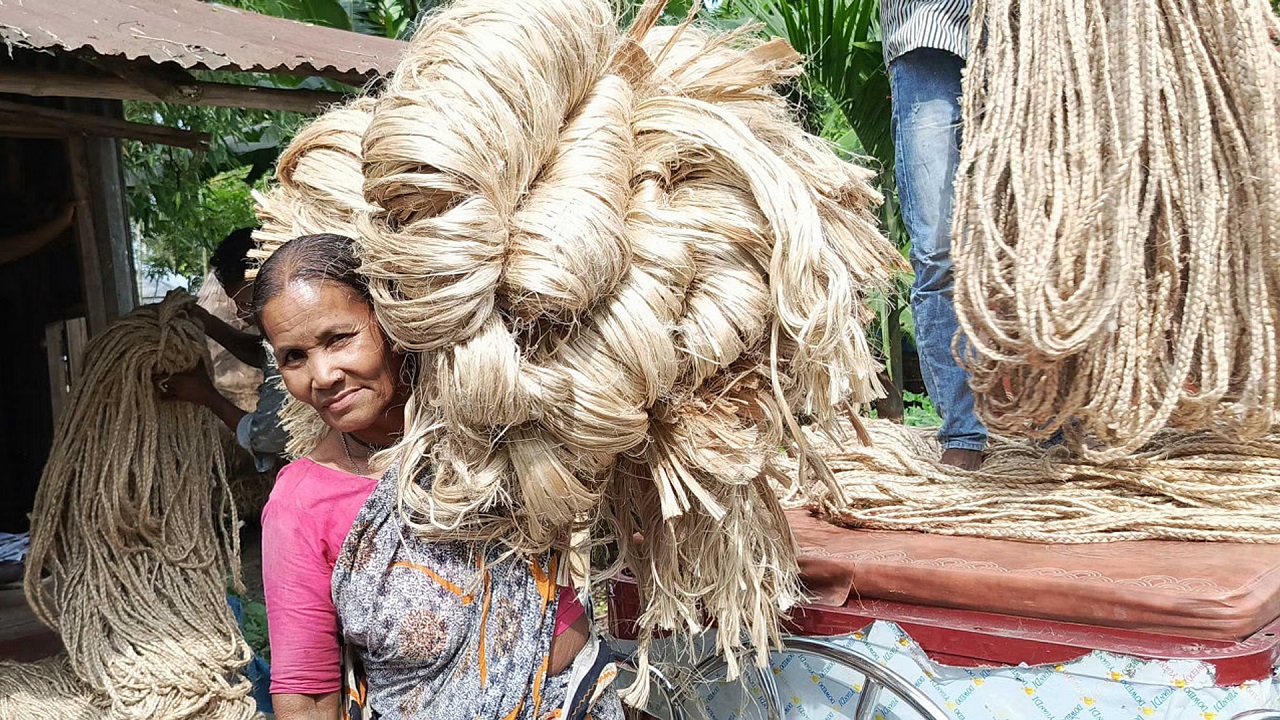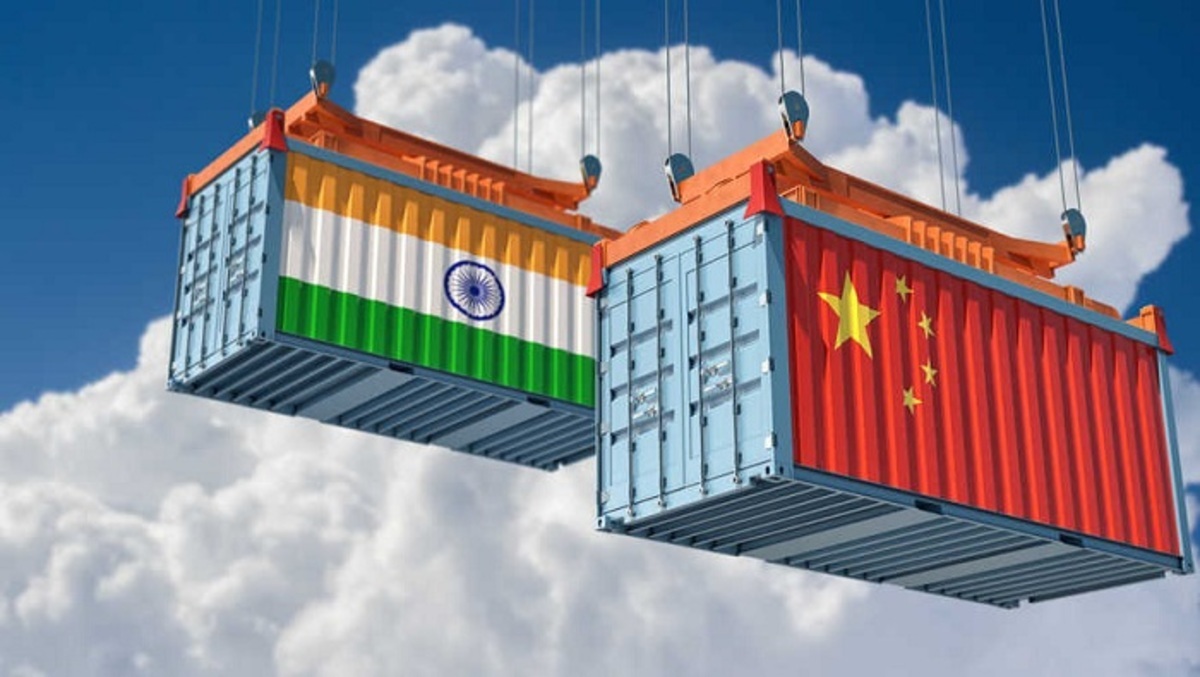Balancing Trade and Strategy: India’s Restriction on Jute Imports
Context
In June 2025, India imposed a ban on the import of jute products and woven fabrics from Bangladesh through all land routes. The restriction now allows entry only via the Nhava Sheva seaport in Maharashtra. This move reflects both economic and strategic concerns related to trade practices and regional geopolitics.
Policy Announcement and Rationale
-
The decision was issued through a notification by the Directorate General of Foreign Trade (DGFT).
-
Imports from Bangladesh are now allowed only through the Nhava Sheva port in Maharashtra, with all land routes blocked.
-
Goods in transit to Nepal and Bhutan are exempt from this restriction.
-
The ban is a response to rising concerns over Bangladesh’s growing alignment with China and persistent trade malpractices.
-
Circumvention of anti-dumping duties (ADD) by Bangladeshi exporters has affected India’s domestic jute sector.
-
Indian jute industries, especially in West Bengal and Bihar, have faced severe disruption.
Items Covered Under Import Restrictions
-
The ban includes a range of jute-related products such as:
-
Jute products
-
Flax tow and waste
-
Jute and other bast fibres
-
Single yarn of jute or flax
-
Multiple folded woven fabrics
-
Unbleached woven jute fabrics
-
-
These items earlier enjoyed duty-free access under the SAFTA Agreement.
Impact of Subsidised Imports on Indian Industry
-
Indian jute manufacturers have been affected by subsidised exports from Bangladesh, supported by direct government incentives.
-
Despite imposition of anti-dumping duties, exporters bypassed regulations through:
-
Technical exemptions
-
Exports beyond actual production capacity
-
Misdeclaration and under-invoicing
-
-
Jute imports from Bangladesh increased from USD 117 million in FY 2021-22 to USD 144 million in FY 2023-24, indicating continued misuse of trade rules.
Consequences for Indian Farmers and Mills
-
In FY 2024-25, domestic jute prices fell below ₹5,000 per quintal, lower than the MSP of ₹5,335, causing economic distress.
-
Six jute mills remain closed, with pending dues amounting to ₹1,400 crore, including ₹400 crore in legacy liabilities.
-
Over 4 lakh workers are employed in the organised jute sector.
-
Rural livelihoods in West Bengal, Bihar, Assam, and Odisha are heavily dependent on jute cultivation.
-
Influx of cheaper Bangladeshi goods has resulted in under-utilisation of Indian mills and disrupted local procurement.
Strategic and Policy Response
-
Routing imports exclusively through Nhava Sheva port aims to:
-
Enable stricter quality checks, including hydrocarbon oil content
-
Prevent fraudulent labelling and misdeclaration
-
Plug loopholes in third-country routing
-
-
The decision also conveys India’s diplomatic dissatisfaction with Bangladesh’s increasing proximity to China.
-
Despite minor adjustments by Dhaka, Bangladesh continues to incentivise value-added jute exports, worsening the trade imbalance.
Long-Term Outlook for the Indian Jute Sector
-
India is moving towards stronger regulatory protections for its jute industry.
-
The government may initiate stricter import monitoring mechanisms.
-
There is consideration of extending ADD to raw jute, which currently lies outside the duty framework.
-
These steps aim to protect farmer incomes and revive domestic production capacity.




Comments (0)